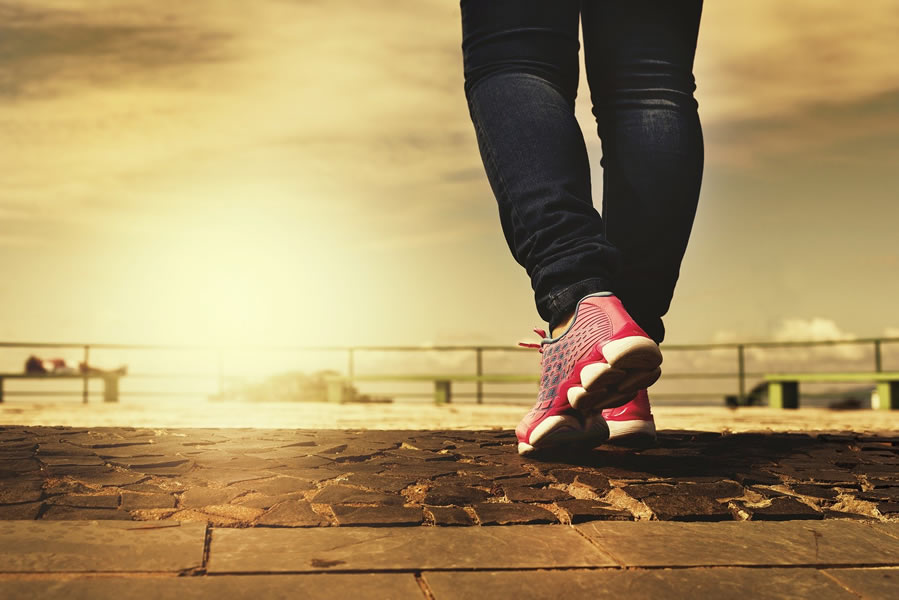World Health Organisation (WHO) recognises mental health as “a state of well-being in which an individual realises or recognises his or her own abilities, can cope with the normal stresses of life, can work productively and is able to make a contribution to his or her community.
Mental Illness is very common in Australia. Did you know?
- Almost half (45%) of Australians will experience a mental illness in their lifetime
- 20% of Australians (aged 16-85) experience a mental illness in any one year
- 54% of people with mental illness do not access any treatment
- 75% of people admitted to public sector mental health inpatient services improve notably
Exercise is one of the safest and most effective treatments for mental health, and all the equipment you need is staring at you right in the mirror. So let’s get moving!
Looking after your mental health is an important part of our daily lives and being active for as little as 30 minutes a day can help improve your mood. It can be as simple as taking the dog for a walk or getting up and out of a chair a few times. Even if you start with 5 minutes a day and build it from there, that’s an extra 35 minutes over a week of activity that you probably didn’t do the week before. Remember any movement is better than no movement.
Exercise aids mental health in many ways. It stimulates many changes in the brain including neural growth, reduced inflammation and promotes the release of endorphins, chemicals that trigger a feeling of general well-being or euphoria. It can also help improve sleep quality, increase energy levels and reduce the risk of health complications.
How much do you need?
Australian guidelines for exercise and mental health suggest we need a minimum of 150 mins per week of moderate intensity physical activity. These activities should consist of a mixture of strength exercises and cardiovascular fitness.
Remember:
- Be active on most, preferable all days.
- Minimise the amount of time spent in prolonged sitting and have breaks as often as possible.
- 30 min a day is the goal.
- If you need any assistance, MyEP Exercise Physiologists are here to help.
References:
https://www.blackdoginstitute.org.au/docs/default-source/factsheets/facts_figures.pdf?sfvrsn=8

